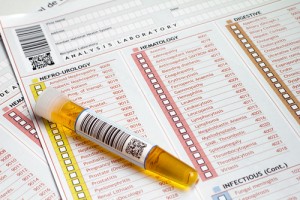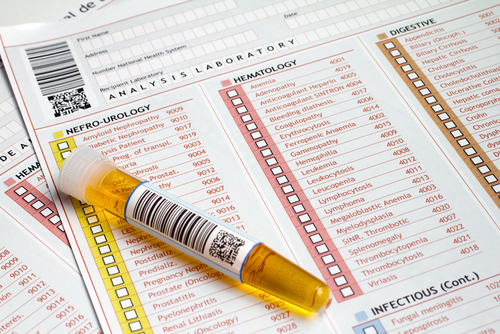 Researchers from the University of Victoria, Canada, have devised a new test for early detection of lung cancer, using surface enhanced Raman spectroscopy (SERS) to identify a cancer biomarker present in urine.
Researchers from the University of Victoria, Canada, have devised a new test for early detection of lung cancer, using surface enhanced Raman spectroscopy (SERS) to identify a cancer biomarker present in urine.
Early lung cancer detection is a difficult task, and current methods in use are not effective, with the one-year survival rate after diagnosis still at a low percentage.
Acetyl amantadine (AcAm) is the product of a metabolic process significantly up-regulated in cancerous cells and is recognized as an exogenous cancer biomarker.
Amantadine, an antiparkinson and antiviral drug, can be ingested to become acetylated and result in AcAm. This in turn can be used as a cancer biomarker and detected in the patient urine. However, current techniques such as liquid chromatography-mass spectrometry are not ideal for clinical adoption due to high costs and long run times.
In the study entitled “Quantification of an exogenous cancer biomarker in urinalysis by Raman Spectroscopy,” published in the Analyst journal, researchers used SERS to achieve an AcAm limit of 1ng/ml without the need to purify urine, this way overcoming the limitations of previous techniques.
The team used an available Raman substrate and modified it to express a hydrophobic surface capture agent, β-cyclodextrin, to extract AcAm from artificial urine before analysis by Raman spectroscopy
“I am very excited about this work because translating research results into the clinical setting is extremely rare,” Professor Reuven Gordon, Department of Electrical and Computer Engineering, University of Victoria, said in Chemistry World interview. “The biggest impact will be in saving lives by detecting cancer earlier; early detection dramatically improves survival rates,”
This detection strategy has the potential to reduce costs and speed up processing with respect to methods that require pre-purification, allowing an easy-to-use tool with a faster turnaround to the health care provider.
“One of the challenges facing the field of SERS, is how to move the technology from laboratories to real-world diagnostics. Challenges still remain, especially interference from other molecules, before applying this method to real urinalysis, but I think this is a promising step,” Dr. Sang-Hyun Oh, a biomedical researcher at the University of Minnesota, US, added in the same interview.


